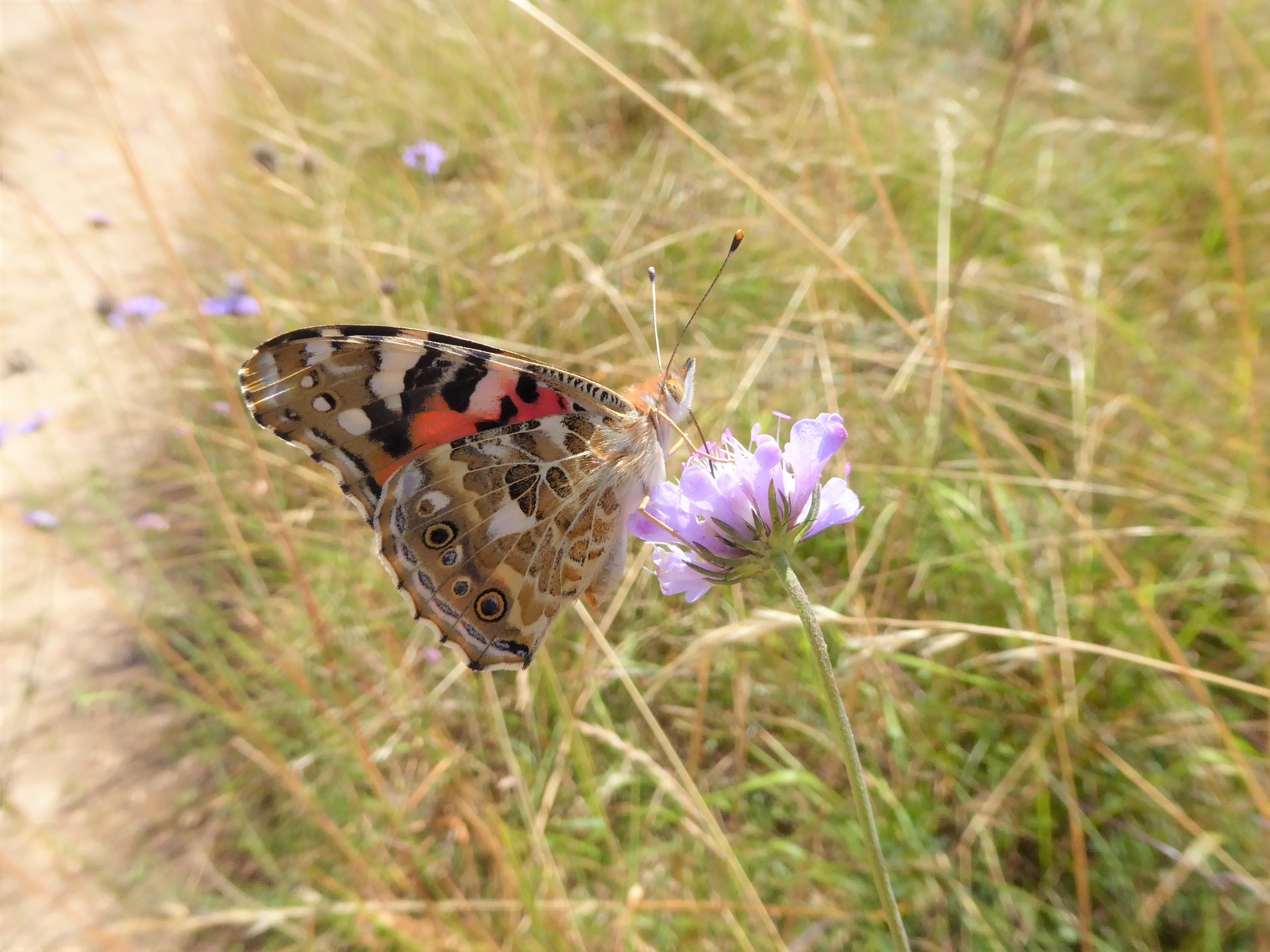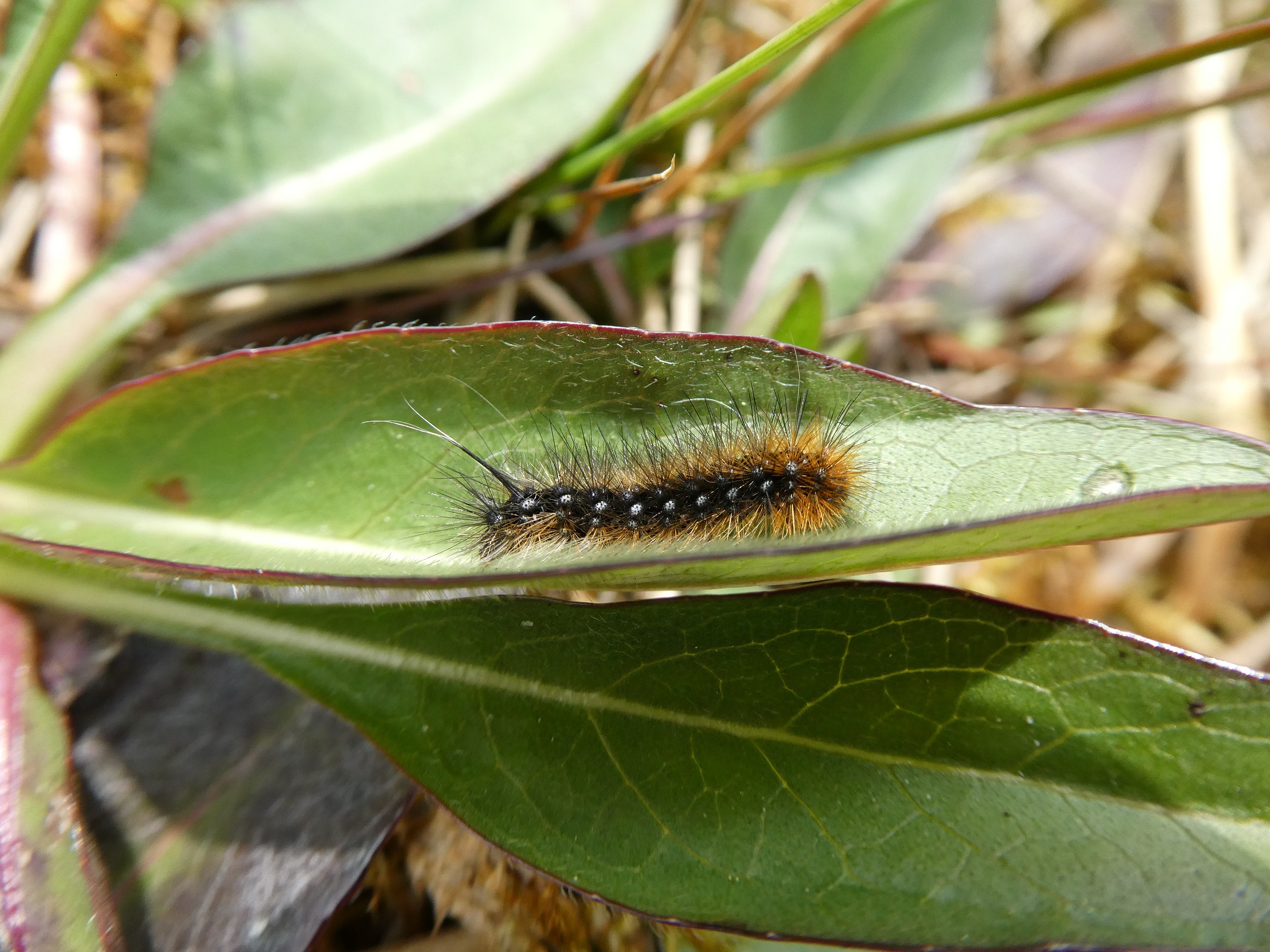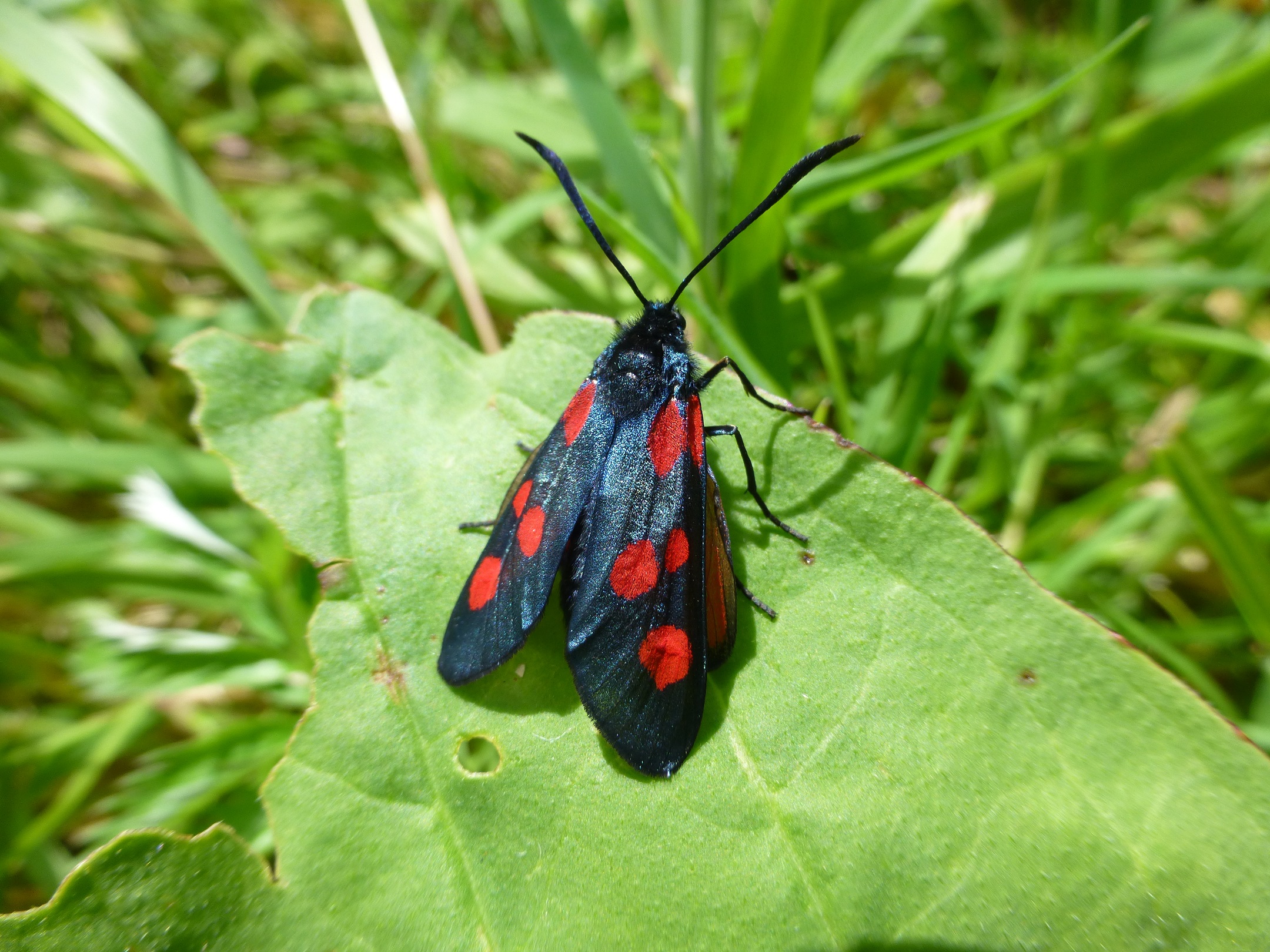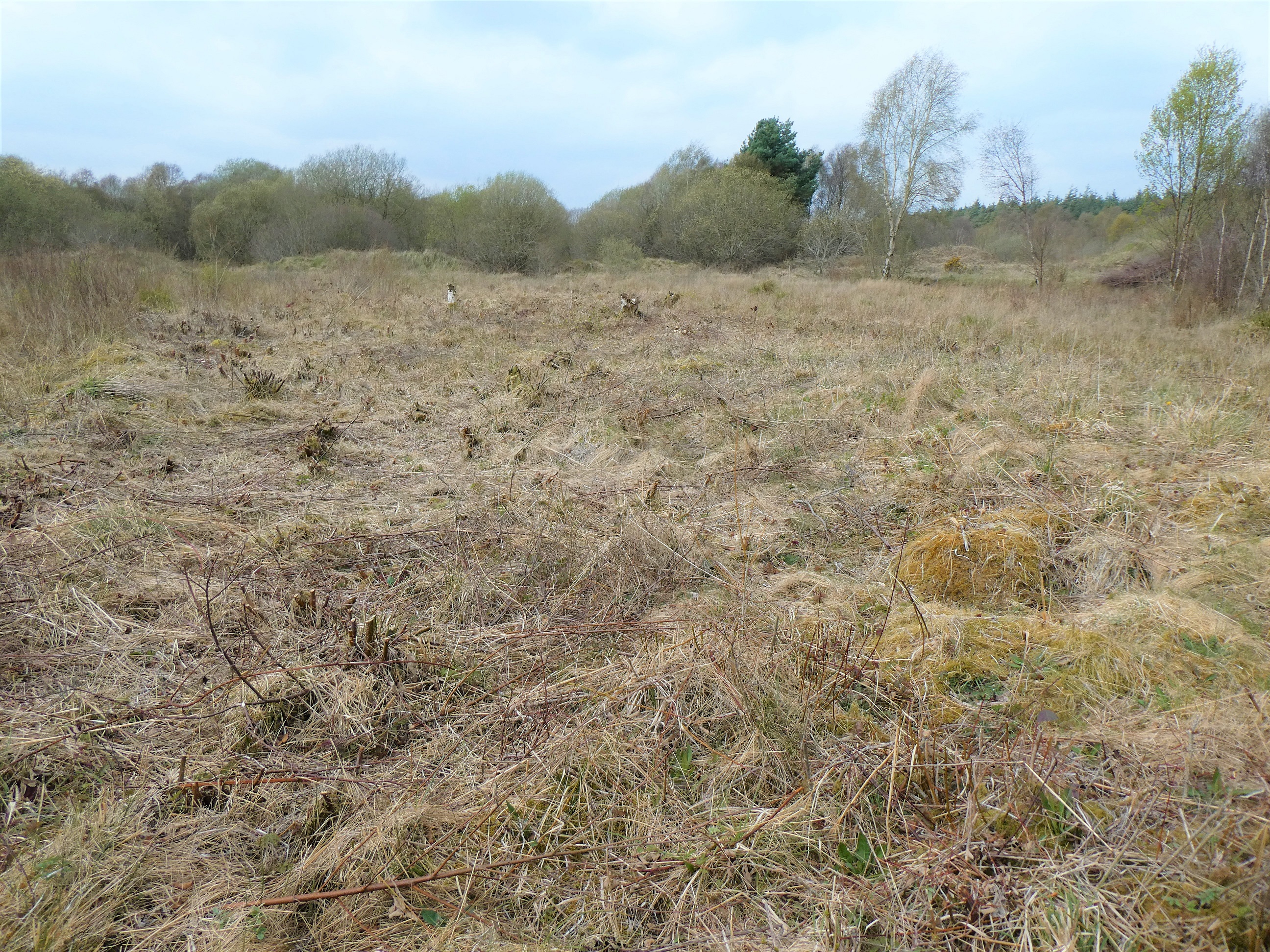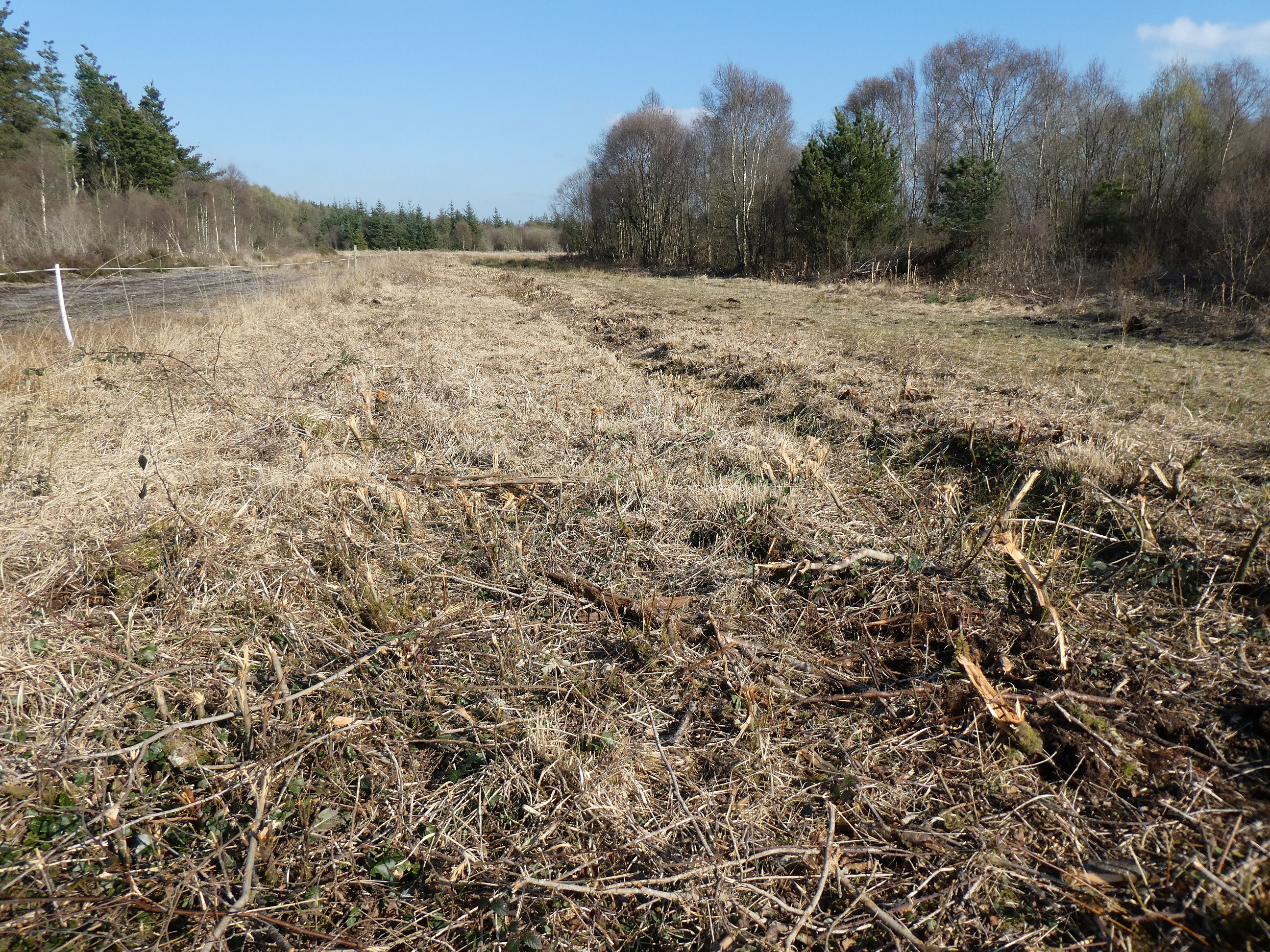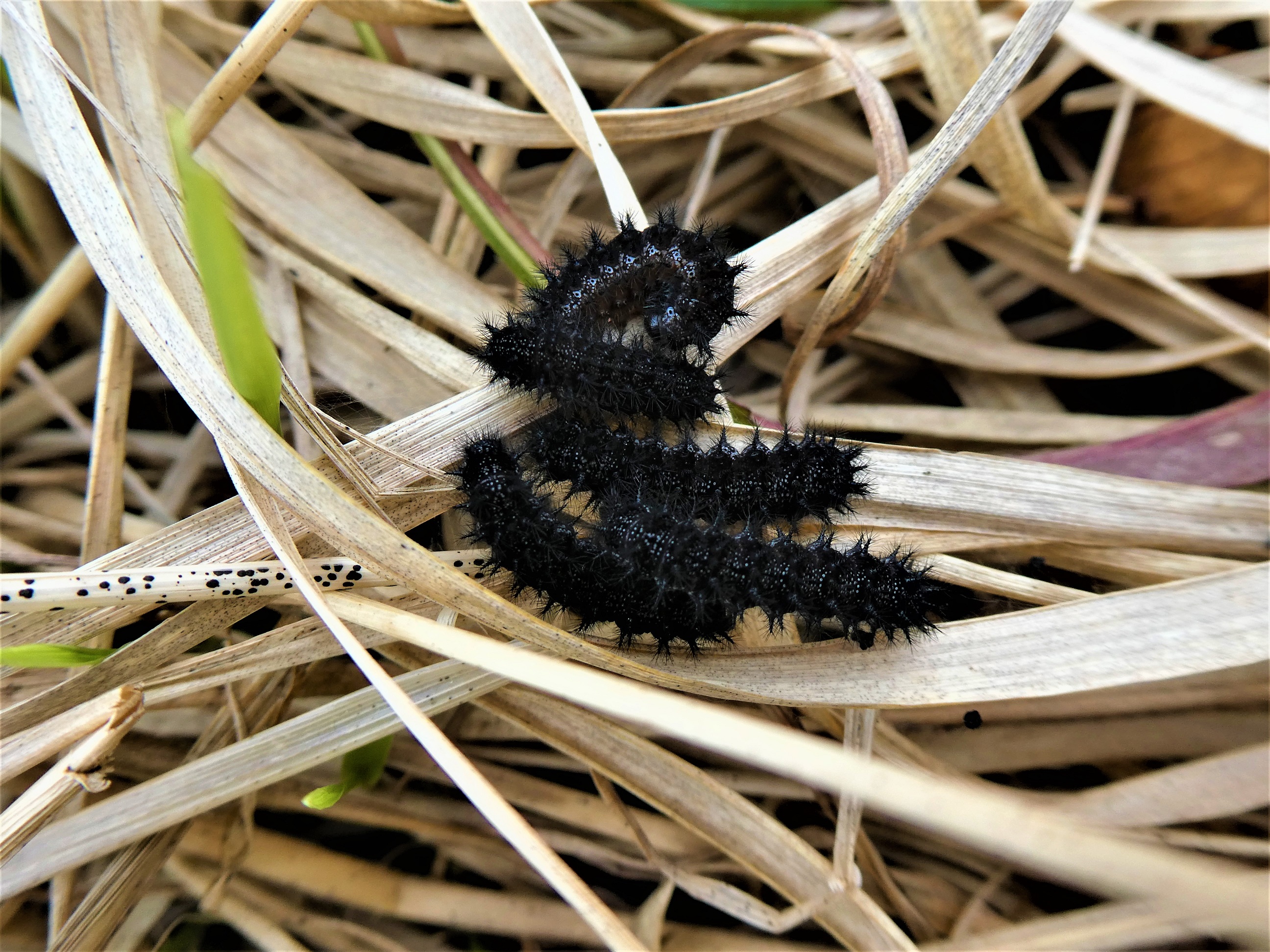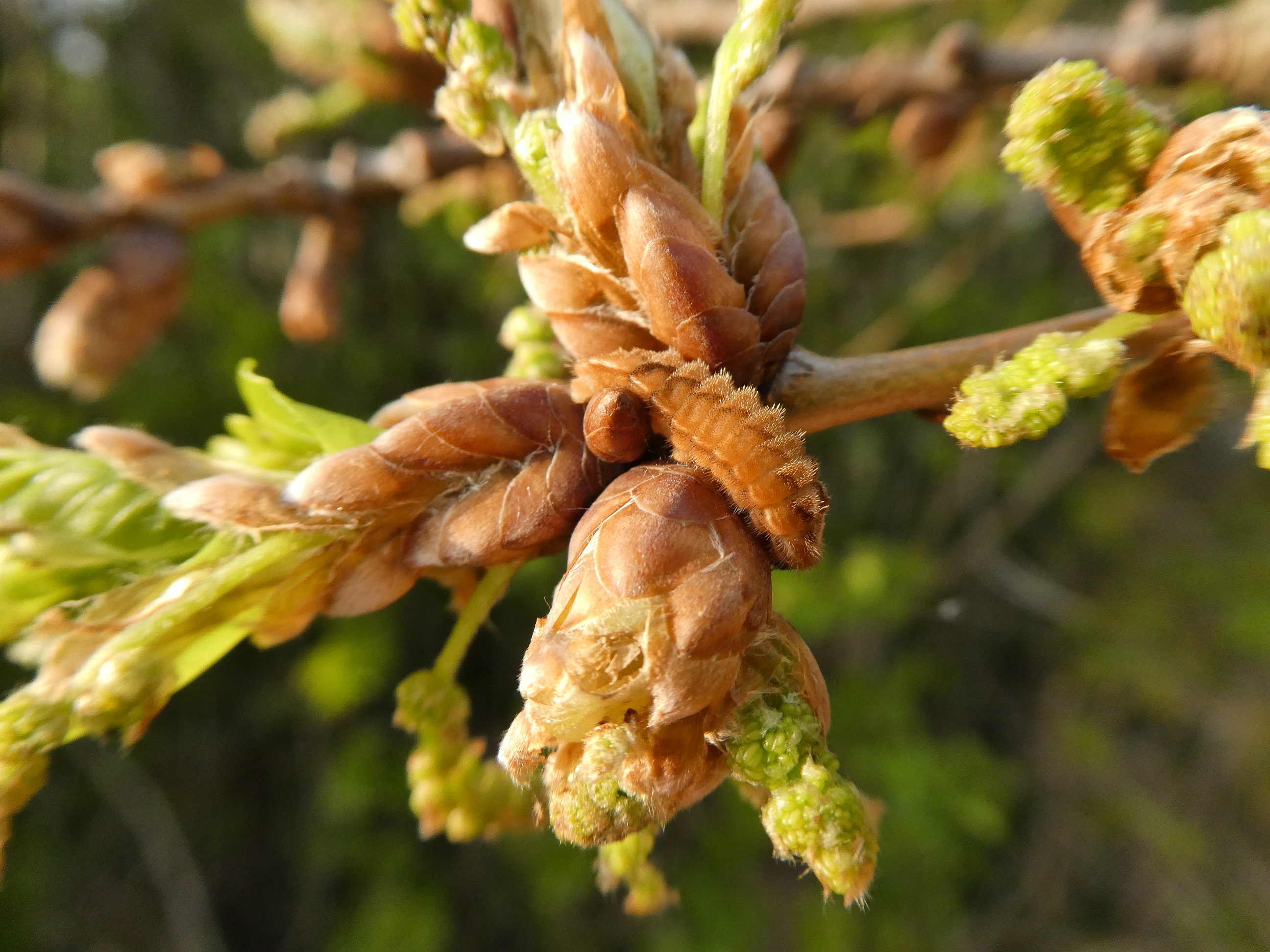Occasionally we experience enormous influxes of the Painted Lady, a migrant that originates in North Africa or perhaps the Middle East. We had millions reaching our shores in 2009 after a huge build up in Morocco saw a mass migration to Spain. These produced a huge generation in Spain that moved north and arrived in Britain and Ireland in late May and early June 2009. These produced a native generation in these islands that migrated south in September.
Butterfly Conservation Ireland member John Lovatt reports on a mass migration event that has just taken place in Cyprus. It is being speculated that these came from Kuwait. The vegetation in Cyprus is currently ideal for butterfly breeding as the rains have been plentiful there this winter. Will the offspring of these Painted Ladies arrive in Ireland in early summer? Time will tell…
Painted Lady Migration from 21st March-9th April 2019 in Famagusta “county”, Greek Cyprus
I have repeated a visit to the same Gkreko district in Famagusta for the past seven years in March/April to observe bird migration.
This year I witnessed an unprecedented large migration of Painted Lady butterflies. There were small numbers seen daily from 17th March which would be the norm at this time of year.
On 21st March there was an invasion of Painted Ladies which one might liken to what might be expected with locusts. Clouds of butterflies arrived constantly all day. There were around 100 butterflies in front of me and the same number on both sides and behind me. To look beyond, the same numbers were everywhere as far as I could observe. I estimated at least a million on the Gkreko Head district and when at Paralimni about eight km. distant, there was a similar migration. I later learned at Nicosia there were unprecedented numbers there. This information came from a well-respected bird watcher. I later heard there were large numbers at Pafos, a two-hour drive away to the west. It must be reasonable to consider the large numbers were present all along the south coast and into the Turkish south coast on the panhandle to the east.
It was considered five million butterflies in the whole Famagusta district to Nicosia would be a conservative estimate. This would only be section of the whole migration along all the coast.
Numbers continue to arrive but in much lower numbers of 30/300k daily up to the 8th April. On the 8th April there was another large invasion, but not like the 21st March, with perhaps a million estimated in the Gkreko district.
There were a few Painted Lady butterflies observed which were about two thirds the size of the usual ones observed.
There was a large dragonfly migration at the same time, but nothing like the butterfly numbers. Clouded Yellow butterflies were also present, but perhaps ten to 20 seen daily.
In all, it has been a remarkable experience that has amazed the population of Cyprus, not simply nature lovers.
